Today we are going to talk about the amazing features of the Grumman OV-1 Mohawk; the observation aircraft for the US military. This aircraft was initially an attack aircraft which was redesigned to serve observation capabilities along with battle surveillance, all the while having light strike capabilities.

This twin-turboprop aircraft was operated by two crew members that were seated side by side and was fit to operate from the shot and the unimproved runways of the US Army. Since the day they were entered into the military service of the US Army, they got busy annihilating the Guerilla forces operating in Southern Vietnam with their .50 calibre machine guns along with the 2.75-inch rockets., which they carried a few dozen at a time. While all of its striking capabilities made it a deadly force for its enemies, the primary power of the Grumman OV-1 Mohawk lay in its long-range radio capabilities.
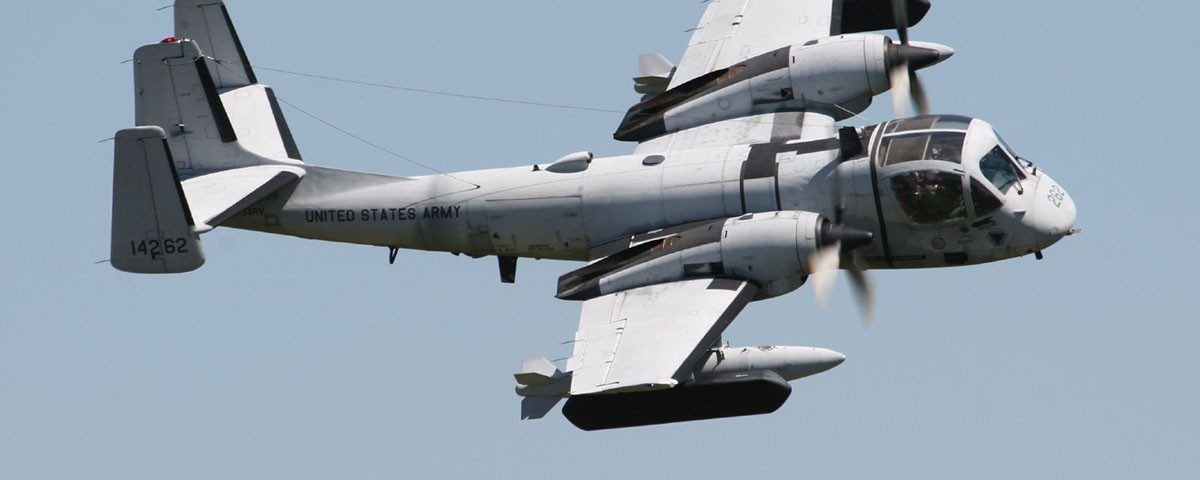
So without further ado, we present to our readers a few of the amazing facts about the Grumman OV-1 Mohawk; the observation aircraft.
Powerplant
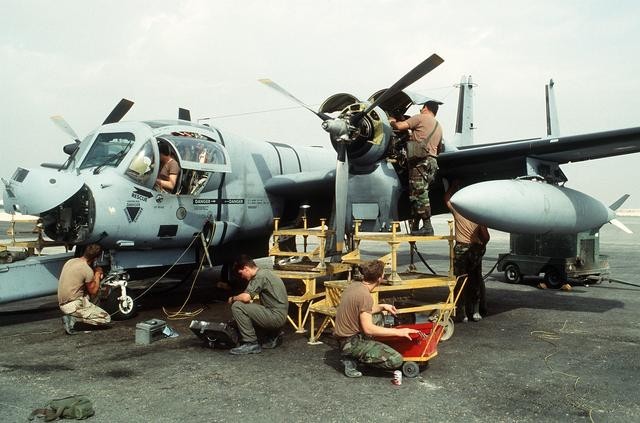
The aircraft was powered by two of the Lycoming T53-L-701 turboprop engines; each of which was able to propel a force of 1400 ships this much power generation was able to propel the aircraft for a top speed of 450 mph for a combat range of 1520 kilometres while flying at a ceiling height of 25000 feet.
The aircraft was powered by two personnel; one was a pilot while the other one was an observer.
Valuable observation asset for the military in the 60s 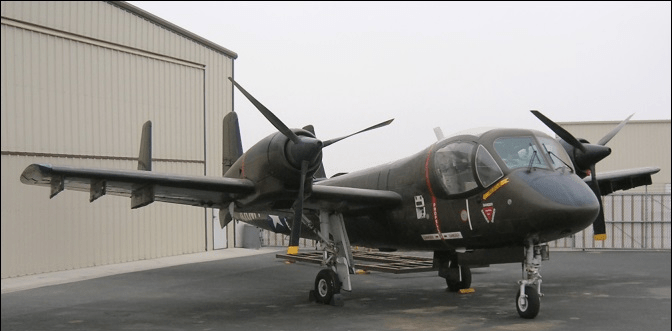
In the centre, the battlefield awareness seems like a thing of the past in terms of gathering information all thanks to the high tech drones, SIGN IT Sensors, tactical intranets, satellites, and the local commanders. All of the information reeled in by an army for the battlefield situation is gathered by AI in real-time.
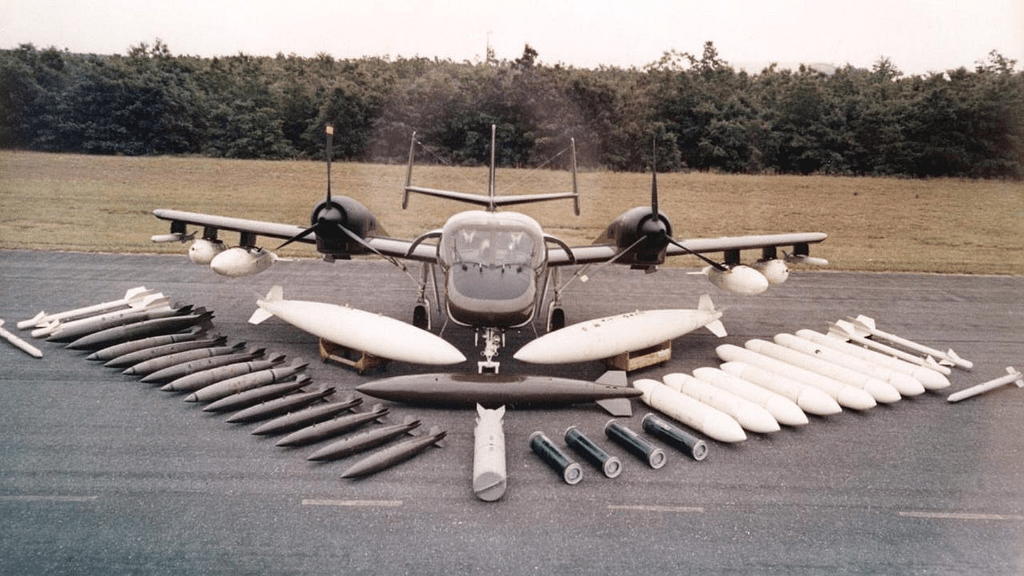
However, things were not so simple back in the early 60s as gathering the tactical intelligence was a task that had to be carried out with iron mettle. This was true especially for places like Southeast Asia’s jungle of Vietnam.
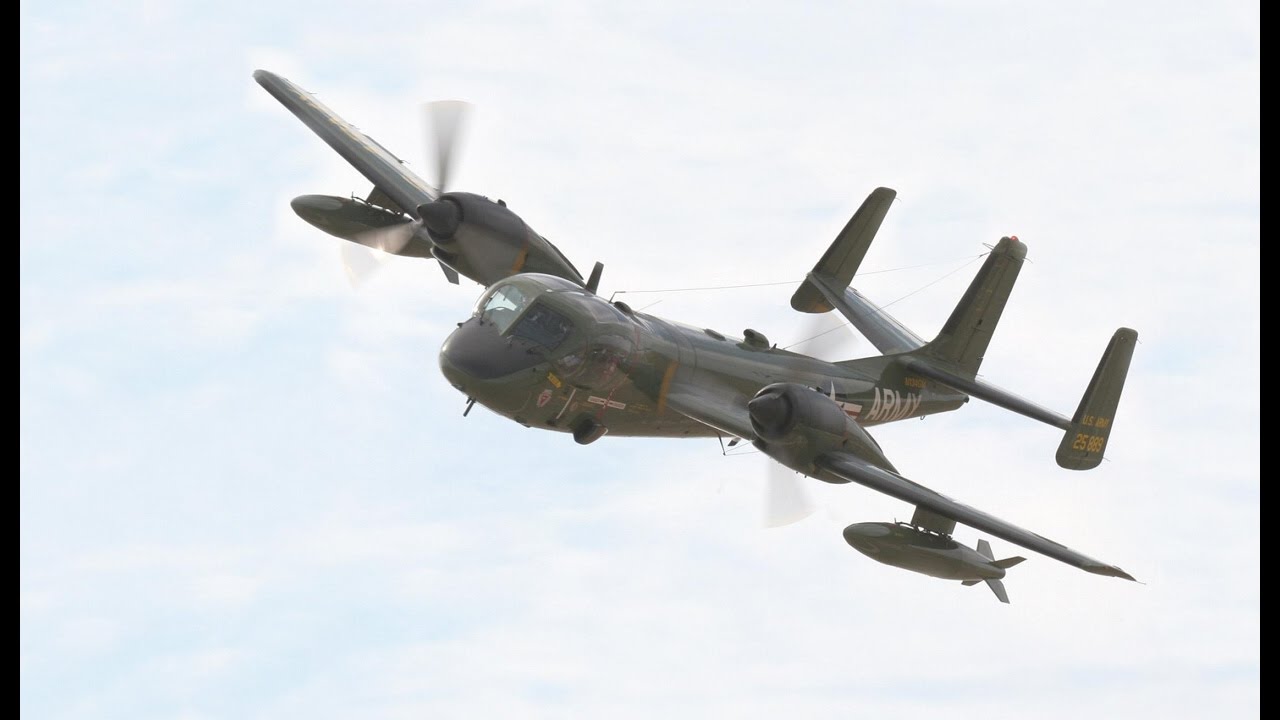
The aerial reconnaissance mission back then was carried out by the Air Force by only one mean; equipping a fast-moving aircraft with a camera and then speed fly it over the surveillance needed area and then make the aircraft come back safely to the base. Once at the base, the films were extracted, then developed and then the information obtained was analyzed by military analysts who would then send this relevant information tot eh ground forces.
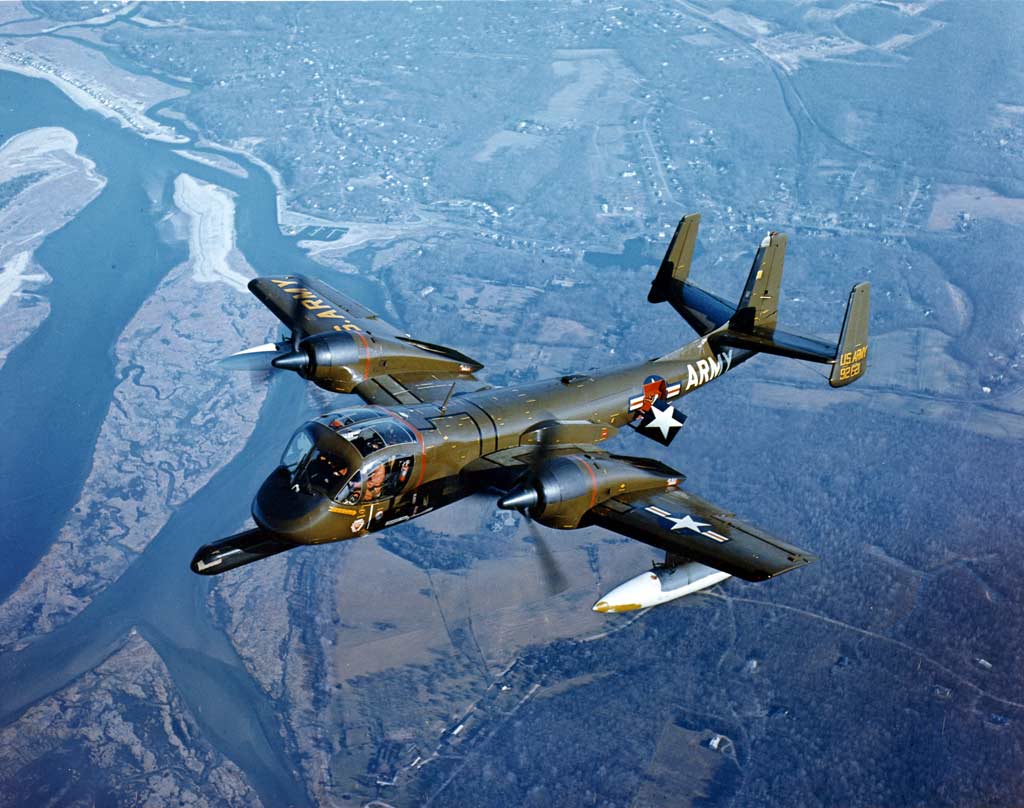
All of that laborious, tedious and to mention the dangerous work was cut short by the ugly and slow Grumman OV-1 Mohawk. The aircraft completely changed the entire tactical situation for the US Army. The aircraft would be able to fly for fours over the friendly forces while the dedicated observer personnel in the aircraft would gather up the electronic and visual information and then feed it directly to the Army Commander in-charge down below.
Avionics 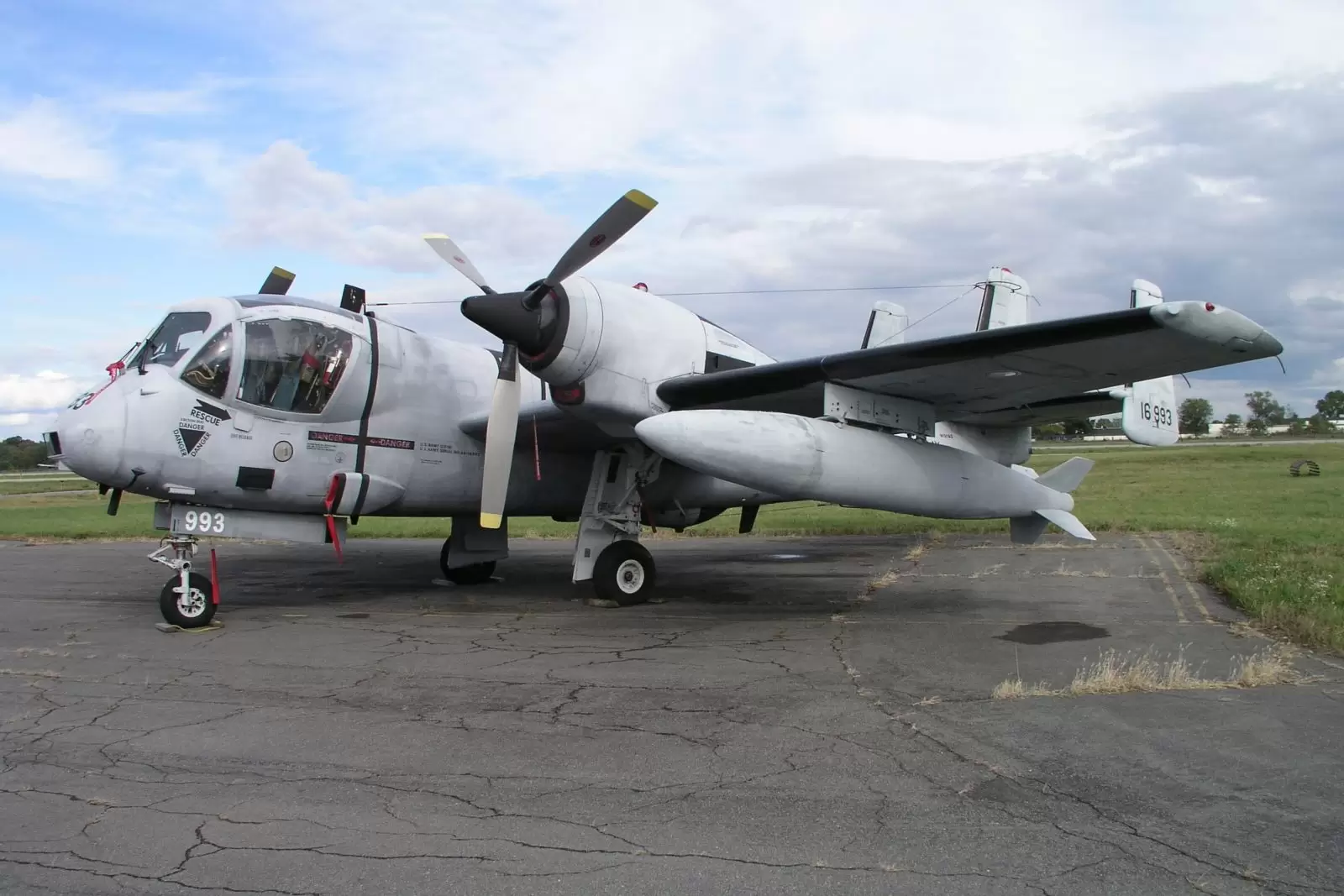
The Grumman OV-1 Mohawk did not only have a bird’s eye view. The SLAR (Side Looking Airborne Radars) were added later on in the new variants of Grumman OV-1 Mohawk named OV-1B which made the bride e view to almost the God’s Eye view t the time.
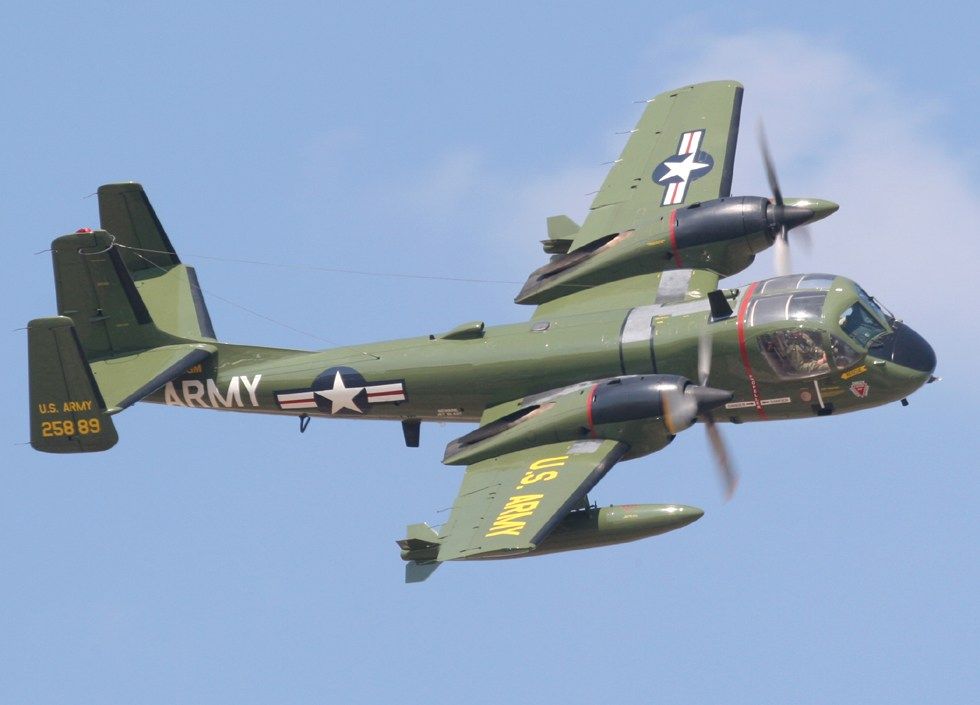
This SLAR technology was so accurate at that time that it was able to scan through the large patches of the thick jungles and pick up the intelligence on even an individual enemy soldier despite how well he was camouflaged. This radar was so powerful that it was even able to pick up the movement of a vehicle from as far as 45 kilometers.
Another variant of the Grumman OV-1 Mohawk named OV-1D was equipped with SLAR that had a larger aperture infrared scope that allowed the aircraft to detect the targets better during night time.
Used for supply drops 
Mostly the fire supporter sitting in the aircraft would not need to bother calling for the help of the ground forces to take out small enemy forces. In cases when the enemy forces turned out to be heavily equipped and had the capability of destroying the Grumman OV-1 Mohawk, the aircraft operators would simply call upon the ground friendly artillery forces who would then respond to the call fast and get rid of the problem.
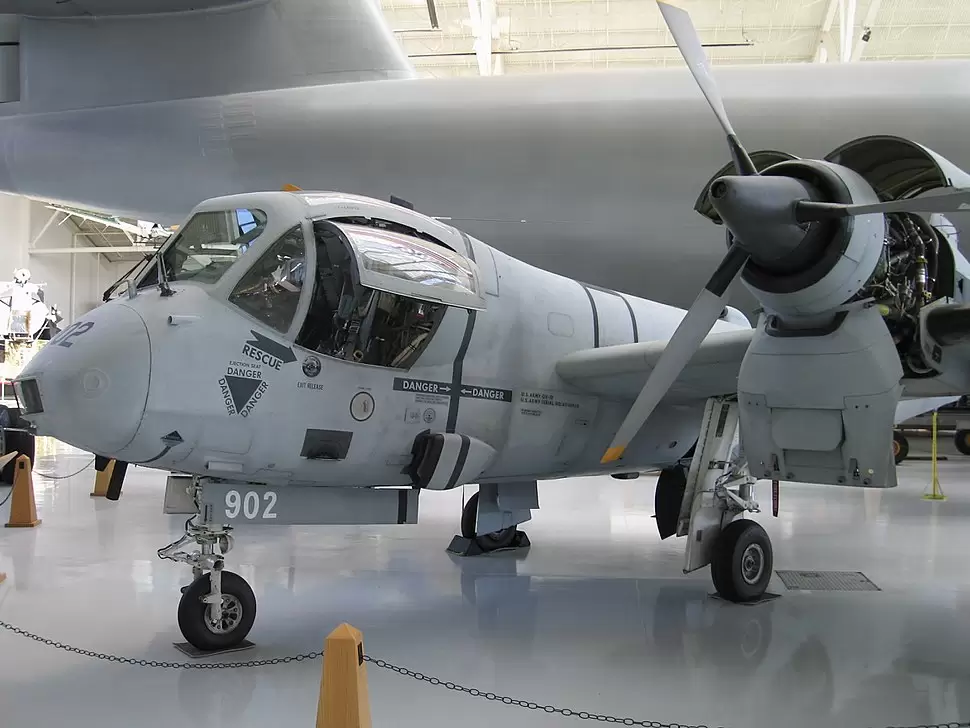
However, during1967, as a result of the inter-service rivalry that army had with Air Force, Grumman OV-1 Mohawk was disarmed and was simply forced to do missions like fire support and gathering intelligence during the rest of the Vietnam War.
Later, army also used the Grumman OV-1 Mohawk for airdrops buy replacing the ordinance space with supply pods. These pods were used to help the small army its resupply during emergency situations.
Armor
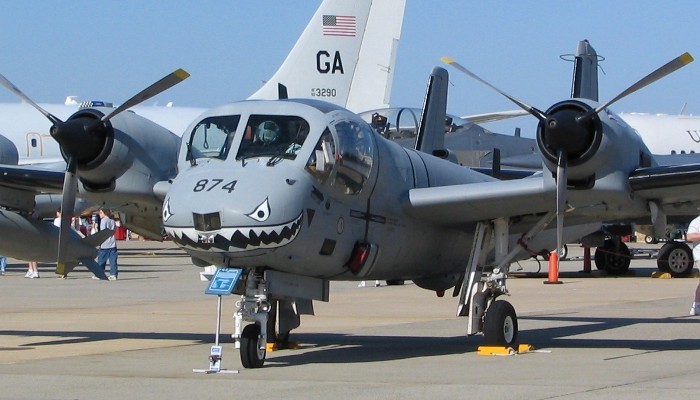
During that era, the Grumman OV-1 Mohawk was also one of the few military aircraft that were equipped with armored plating that would be able to resist the damage from small firearms.
Due to the Grumman OV-1 Mohawk being operated fro the small and unimproved airstrips while working under a local ground unit’s command, they were able to respond to any call for help within a few minutes. Still, this incredible accessibility came at a heavy price for the army. Out of the total 600 Grumman OV-1 Mohawks deployed in Vietnam for multiple missions, 27 were gunned down by the enemy forces while 36 others were lost in the noncombat mission accidents.
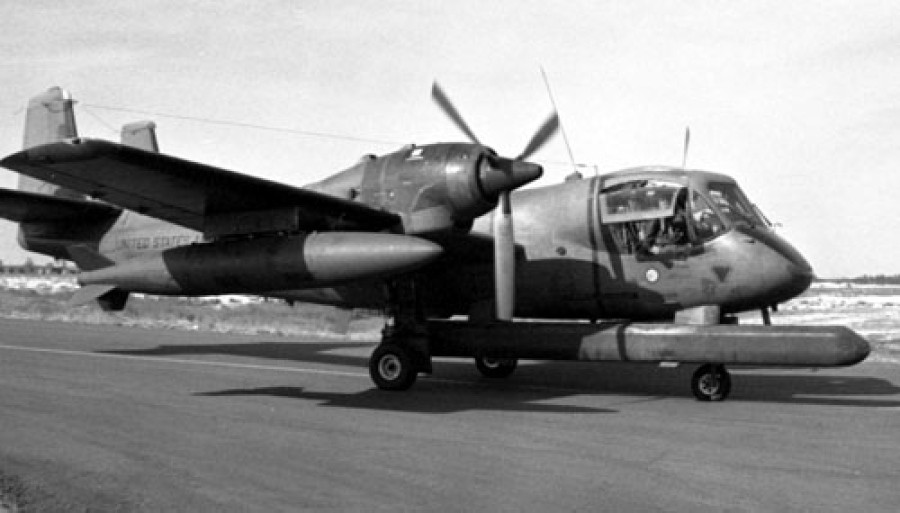
Even after the war of Vietnam concluded, the OV-1 Mohawk’s duties did not end. The aircraft went on to serve as the patrolling aircraft in Korea and also went on to serve as the fire support in the Persian Gulf War.
Ultimately the aircraft retired from the military back in 1996.
Related Content
Top 10 Military Combat UAVs (Unmanned combat aerial vehicles)

